Turmeric: The yellow molecule with pleiotropic biological effects
- Dr. Prabhakar Singh
- Mar 5, 2016
- 2 min read
Plants and their extracts are used as medicine since ancient times to cure various diseases. Bioactive compounds present in plants and their products have been documented to possess different biological activities which implicate their use as therapeutic agents against several chronic human diseases [1, 2]. Turmeric a natural product obtained from the rhizome of the herbaceous plant; Curcuma longa, is traditionally used to cure many health complications like biliary disorders, anorexia, cough, diabetic wounds, hepatic disorders, rheumatism and sinusitis [3]. Turmeric makes an essential ingredient in Indian foods as spice and as a flavoring agent. Being used as folk medicine since decade, turmeric is still recognized as good house hold remedy. Poultice of turmeric paste is used to cure common eye infection, to dress the wound, burn, insect bites, acne, and skin diseases [4]. Turmeric powder mixed with hot milk is used as supplement after childbirth to cure cough and respiratory disorders [4]. Turmeric is also used as anti-dysenteric folk medicine [4]. Scientific studies have revealed that most of the biological effects attributed to turmeric are due to the presence of curcumin, a golden colored compound.

History and background of curcumin:
Curcumin was first isolated in 1815 by Vogal and Pelletier [5], later on obtained in crystalline form in 1870 [6], and ultimately identified as 1,6- heptadiene- 3,5 - dione- 1,7 - bis (4-hydroxy-3-methoxyphenyl) - (1E,6E) or diferuloylmethane [7]. Lampe (1910) synthesized and confirmed the feruloylmethane skeleton of curcumin having a molecular weight of 368.37, and structural formula C21H20O6 (Fig.1) [5]. Chemically, curcumin is a bis-α, β unsaturated β-diketone that exhibits keto-enol tautomerism, belonging to linear diarylheptanoid class having two oxy-substituted aryl moieties linked together through a seven-carbon chain.
Biological activities of Turmeric
1. Antioxidant
2. Anti-cancer activity
3. Anti-inflammatory activity
4. Anti-atherosclerosis activity
5. Anti-osteoarthritis and anti-rheumatoid arthritis activity
6. Anti-microbial activity
7. Neuro-protective activity
8. Wound healing property

The experimental and clinical studies on different model systems and on humans provide evidence that curcumin has numerous biological activities many of which are already exploited as traditional therapeutic strategy against different diseases/pathologies. Despite some issues regarding bioavailability, this yellow colored molecule is bio-effective and presents a potential drug lead for various ailments [8].
REFERENCES
[1] Pandey, K.B.; Rizvi, S.I. Ferric Reducing and Radical Scavenging Activities of Selected Important Polyphenols
Present In Foods. Int. J. Food Prop., 2012, 15(3), 702-708.
[2] Pandey, K.B.; Rizvi, S.I. Plant polyphenols as dietary antioxidants in human health and disease. Oxid. Med.
Cell. Longev., 2009, 2(5), 270-278.
[3] Scartezzini, P.; Speroni, E. Review on some plants of Indian traditional medicine with antioxidant activity. J.
Ethnopharmacol., 2000, 71, 23-43.
[4] Thakur, R.; Puri, H.S.; Husain, A. Major medicinal plants of India, Central Institute of Medicinal and Aromatic
Plants, Lucknow, 1989.
[5] Lampe, V. Synthese von curcumin. Ber. Dtsch. Chem. Ges., 1918, 51(2), 1347-1355.
[6] Daube, F.W. Ueber curcumin, den Farbstoff der curcumawurzel. Ber. Dtsch. Chem. Ges., 1870, 3(1), 609-613.

Comentarios